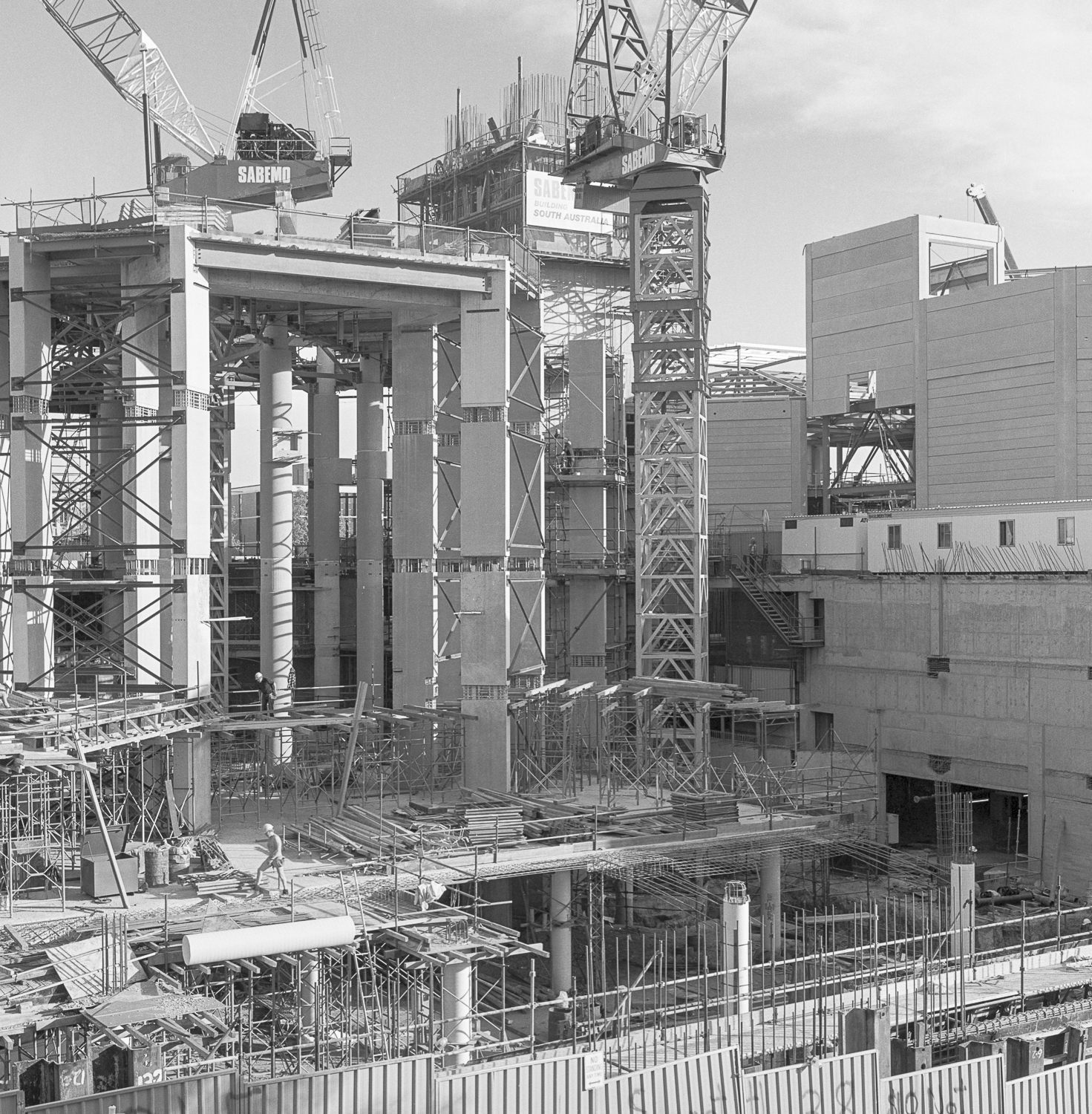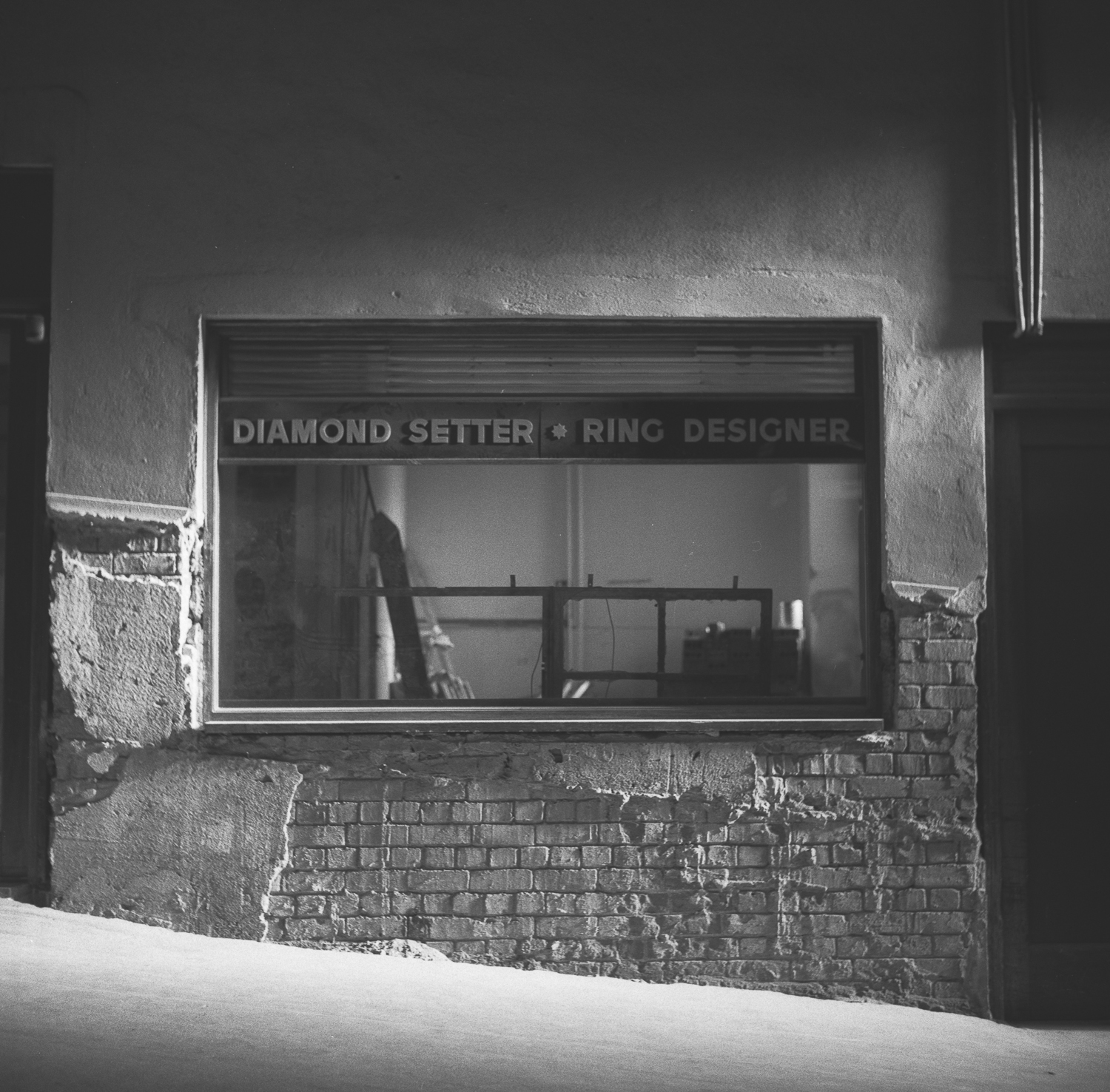The deregulatory financial reforms of the Hawke/Keating government from 1983 that saw the globalisation of the Australian economy helped to advance the speculative boom that occurred in the late 1980s. In Adelaide, insurance companies, superannuation funds and government financial institutions joined large development companies and individual developers in property investment even before the major share market downturn of 1987, and more intensely thereafter.
The South Australian state government promoted the ASER project in North Terrace, the State Bank Centre in Currie St and the REMM-Myer project at Rundle Mall to encourage economic growth, create employment, increase revenue and modernise the CBD.

The boom was finance driven, and it ended by 1991 primarily because of an oversupply of office space that lowered property values and secondarily because of rising interest rates and foreclosures as speculators defaulted. The financial excesses of the 1980s reached such a scale that the 1990 recession was inevitable. monetary policy responded to the overheating of the economy and the asset price boom of 1988 and 1989. In the event, the cash rate reached 18 per cent in the second half of 1989, the mortgage rate 17 per cent, and many loans to businesses well in excess of 20 per cent.
A number of financial institutions failed. These included the State Bank of Victoria, the State Bank of South Australia, the largest credit union (the Teachers Credit Union of Western Australia), the second-largest building society (Pyramid Building Society), several merchant banks, a mortgage trust, and a friendly society. The damage was not confined to the financial sector, as businesses and households cut spending and unemployment rose.

It was a period of disruption and economic distress, especially in South Australia, which remained saddled with the impact of a decade spent trying to restore its finances. It became the “rust belt” state that was trapped alongside Tasmania as a mendicant state within the federation. People left the state heading east, particularly to Queensland.
3 Responses
s2art
The tonal scale in that image is to die for Gary!
s2art
The top ASER one I mean
Gary
I haven’t seen these 1980’s negatives since I took them Stuart. Some of them are a surprise to me–including the one you mentioned–as I work my way through the archives. It is beginning to look as if I will have enough okay pictures to produce a book.